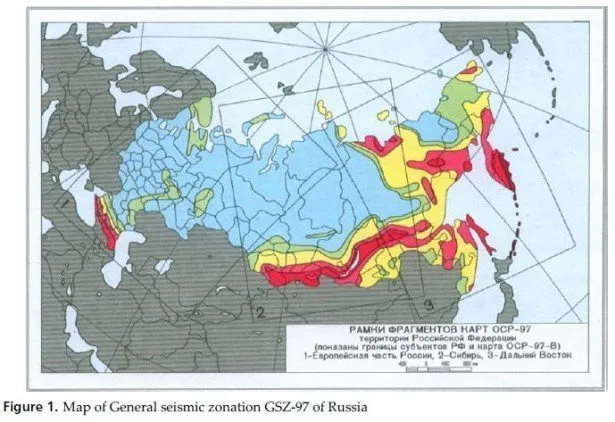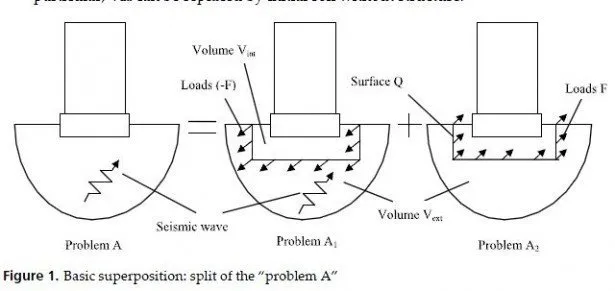The potential for slope displacement to occur during an earthquake is assessed using a twodimensional limit equilibrium stability analysis. Sutterer et al. [8] summarized the stability analysis using numerical formulation of both critical circular and wedgeshaped failures (Figure 2). Sutterer et al. [4] reported that pseudo-static analysis of homogeneous slopes showed that seismically loaded embankments with uniform foundation soils, and slope inclinations flatter than 1 horizontal to 1 vertical and steeper than 4 horizontal to 1 vertical, most probably fail in a base failure mode. Steeper slopes may be subjected to a toe circle failure type in the embankment alone (Figure 2). Regardless, most highway bridge embankments fall within the range dominated by base failures. In assessing the seismic vulnerability of each embankment, both failure types are considered in the proposed methodology, and the one that results in a lower C/D ratio is considered. This Chapter defines a process to assign the seismic risk, rank and priority of a set of bridge embankments rather than providing only the required derivations and equations.
The horizontal earthquake acceleration in the seismic slope stability analysis often ranges from 50% to 100% of the PGA assigned for the embankment site. The PGA is often a single spike of motion of a very brief duration and causes little if any significant displacement. A horizontal earthquake acceleration (Kh) equals to two-thirds of the PGA is selected in the proposed methodology. This assumption accounts for those embankments in which the seismic acceleration either never exceeds the yield acceleration or very briefly exceeds the yield acceleration, and results in little or no displacement.



